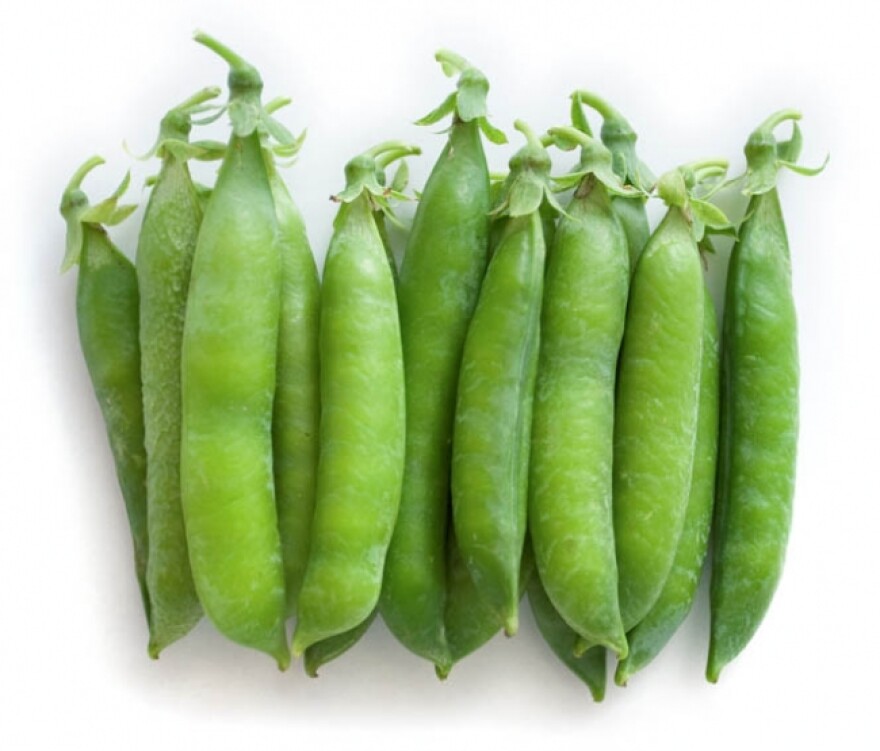Picking and shelling peas is a labor of love, not practicality. After three evenings bent over knee-high vines finding and shelling full pods, I conceded the payoff—healthy calories—doesn’t match effort expended. Some folks might wise up and start buying canned or frozen peas at the market, but they’d miss what some researchers call the intangibles.
A first value added of this pea crop was that day in January or February when too many gray days made me doubt the arrival of the first spring robin. Blue as an indigo crayon, I searched garden catalogues online (that’s how they come nowadays) and planned this summer’s garden. After looking at all the pea varieties, I decided which ones would perform best in our region and decided to add snow peas to our selection for something different.
Our next bonus was the day we decided we could till our now warm enough patch of soil and microbes. Anyone who loved playing in the dirt as a kid has to love that magic of turning hard packed earth into loamy particles that sift through fingers like fine flour. When you combine what you feel and see with the rich scent of fresh turned soil, that is a red-letter day on the calendar.
Plotting the garden’s layout is another joy for those of us who relished planning wars or building new worlds in our sandboxes. Arranging areas for barracks and battlefields in that square confine got creative juices flowing in childhood. Now planning where to put peas, tomatoes, onions, peppers, potatoes, strawberries, asparagus, and melons for maximum development stimulates dreary weather-dulled brain cells. You never really know if you made good decisions until you see the outcome in mid-July.
When you look at corn seeds in your palm, it’s hard to imagine that one shriveled yellow or white nugget will produce two ears with approximately 700 kernels each. That’s a return of about 1,399 times what you invested. I’d love to see my savings perform so well. Peas don’t pay off nearly so effectively, but still for the one you plant, you harvest 40 to 100. Who on Wall Street can claim better yields?
Gardening isn’t only about the end result. You have to factor in getting your daily dose of vitamin D while weeding. Time hoeing and repacking soil along rows or making wells around tomato plants doubles as meditation or prayer time. Some people pay for CDs with nature sounds to improve their relaxation practices. Soothing noises come free with gardening.
When you’re outside tugging invasive grass out by its deceptively long roots or picking potato bugs or tomato worms off your plants, you’re listening to at least a dozen different birdsongs and untold numbers of insects as they hum and buzz. Most gardeners meet s beneficial neighbors as well while they check dense rows of green to discover they host bees, praying mantises, ladybugs, a toad or two, a lizard, and maybe a garter snake hiding amidst the foliage.
I like to maximize these bonuses so we set two metal lawn chairs near the garden. After I’m done picking, I can enjoy evening breezes and insect serenades whileI sit there shelling peas for supper or maybe just letting sweat dry from my hair and face.
Finally, canned and frozen peas don’t compare with the color and flavor of those fresh picked from the garden. No matter how much butter or spice you add, those little green orbs taste better when you grow and shell them yourself. Cheaper is not always better.






